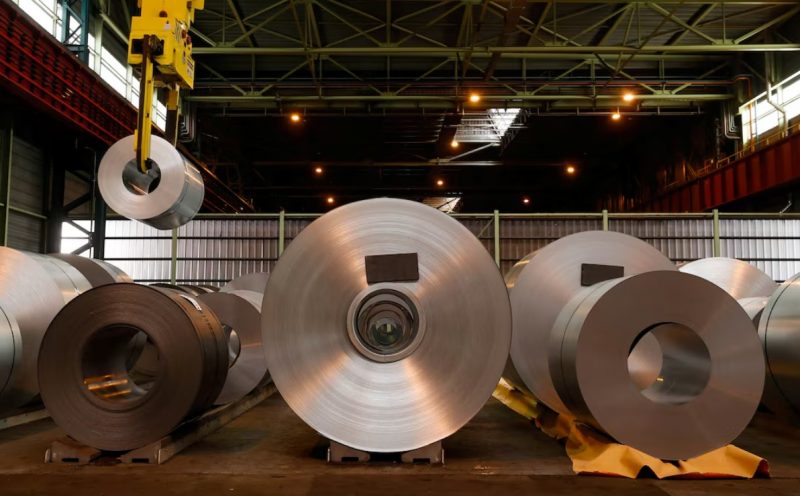
US Trade Agreement and Its Impact on the EU Steel Sector
The new US-EU trade agreement fails to address the critical issue of steel tariffs, EUROFER warns. Despite European Commission efforts, the 50% tariff on EU steel imports to the US remains active. This tariff continues to make exports economically unfeasible, placing severe pressure on European steelmakers. EUROFER’s Director General Axel Eggert stressed that the agreement only prevents further deterioration but does not bring stability to the industry. This ongoing tariff barrier risks undermining years of EU steel export growth to the US market.
Future of EU Steel Exports Under Persistent US Tariffs
EUROFER highlights that EU steel exports to the US have fallen by over 1 million tons since the introduction of Section 232 tariffs in 2018. The situation worsened with new 25% and 50% duties imposed in early 2025. Moreover, a 15% tariff on steel-intensive products like automobiles and machinery threatens to reduce steel demand further by another million tons. While EU leaders mentioned a possible shift to a tariff quota system similar to that with the UK, concrete details remain unclear. The lack of clarity on tariff relief within these quotas continues to fuel uncertainty for EU steel producers.
SuperMetalPrice Commentary:
The EU steel sector remains caught in a challenging trade environment as US tariffs persist despite broader economic cooperation efforts. The fixed 15% tariff on most EU goods offers some predictability but fails to ease steel’s heavy burden. For the EU steel industry to regain stability, decisive protective actions under the Steel and Metals Action Plan are vital. These measures should aim to maximize production utilization and safeguard the sector’s strategic importance. Meanwhile, steelmakers must navigate a complex landscape marked by persistent tariffs and geopolitical tensions affecting global metal markets.




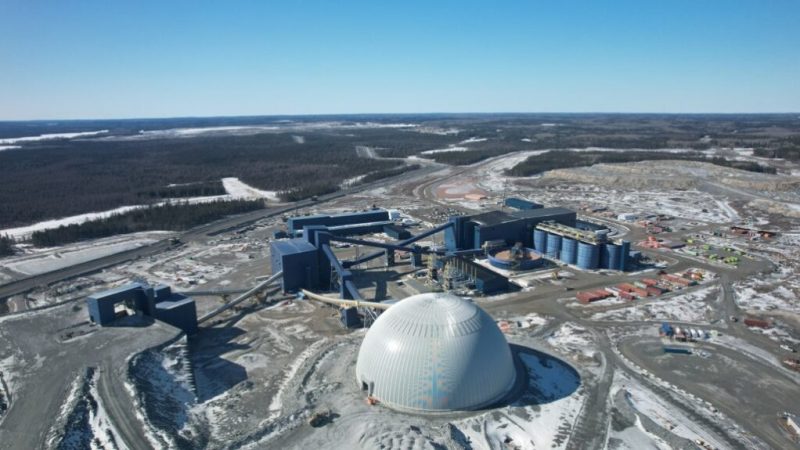


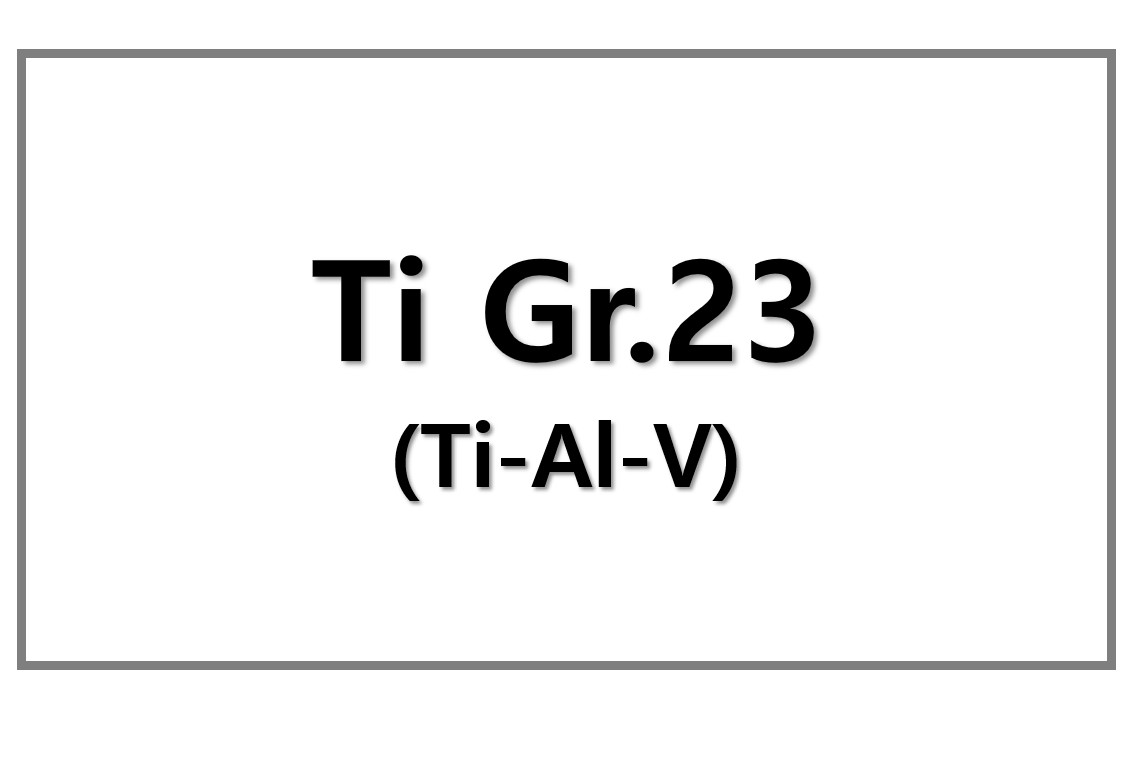
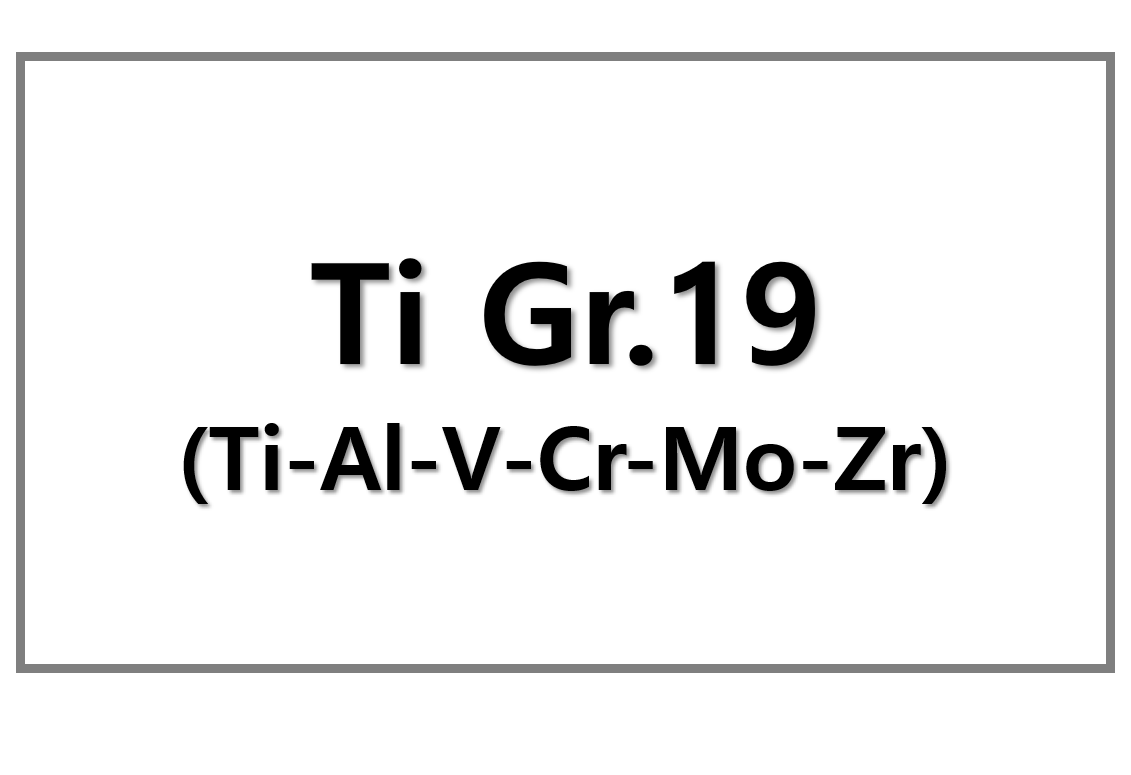
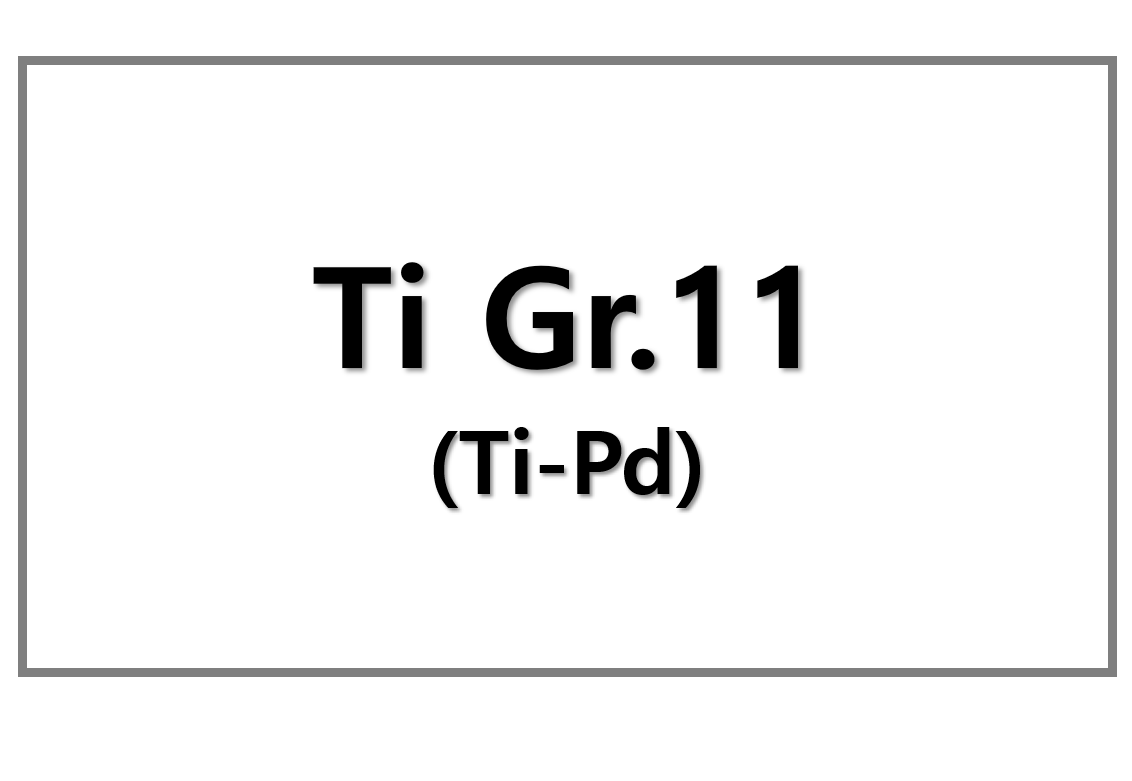

Leave a Reply
You must be logged in to post a comment.